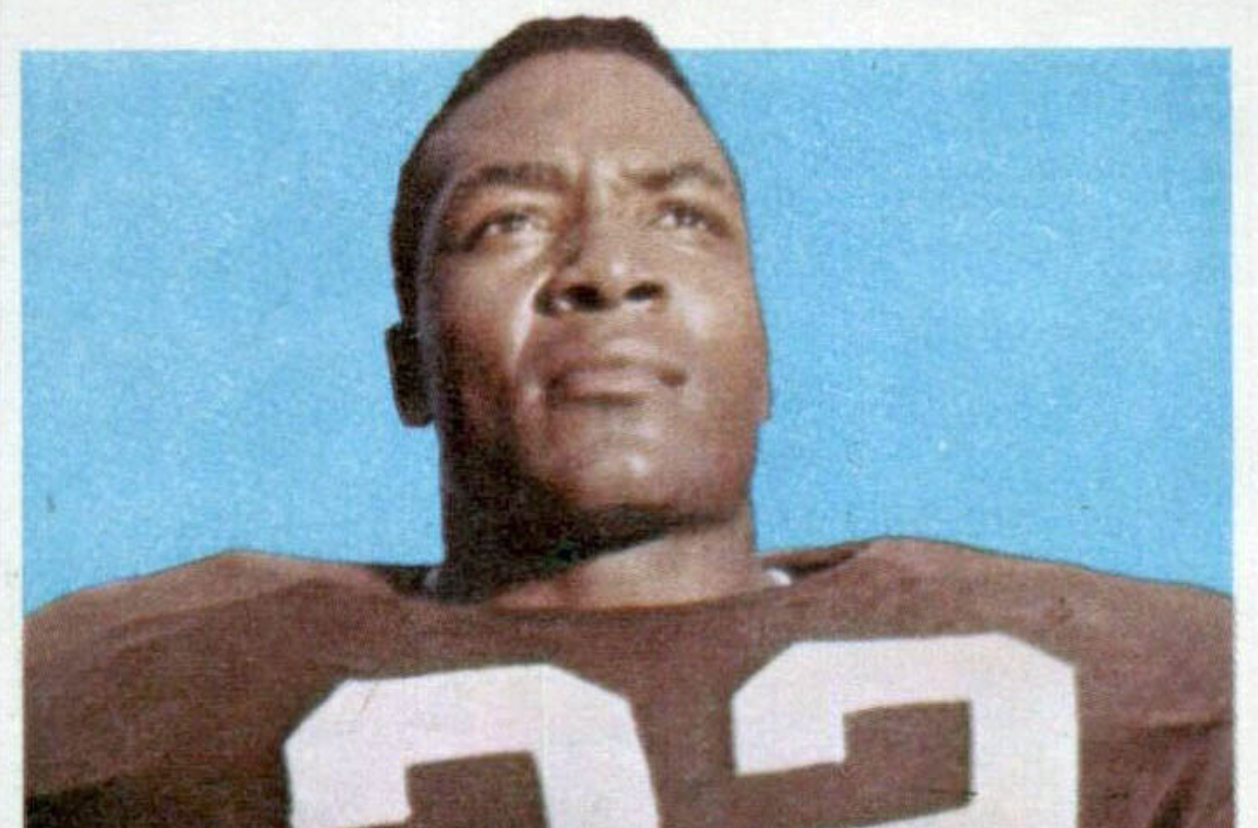


The arrival of fall brings with it the start of football season. After college football launched prior to Labor Day, the NFL resumes action this weekend, with a special Thursday night special featuring the defending Super Bowl champion Kansas City Chiefs.
Apart from the question of whether the Chiefs can repeat this victory and the changed status of two superstar quarterbacks — Tom Brady retired from football, and Aaron Rodgers left the Green Bay Packers to join the New York Jets — much speculation over the offseason has focused on the diminished status of running backs in pro football. It is a position that in the past has featured legends like Jim Brown — arguably the greatest football player at any position and in any era — yet has become sorely devalued.
But in the NFL, as in so many other things, trends can ebb and flow over time. An innovative coaching mind, for example, can find value in creating, or recreating, a running back-oriented offense — proving the motto that one person’s trash can become another person’s treasure.
Contract Disputes
Over the offseason, several prominent running backs engaged in prolonged discussions with management as part of attempts to win long-term contracts. Josh Jacobs, last year’s league-wide rushing leader (and of no relation to the author), engaged in a training camp holdout before signing a one-year deal for just over the amount that his Las Vegas Raiders squad would have paid him under the “franchise tag” system.
Likewise, New York Giants running back Saquon Barkley — the second overall pick in the 2018 NFL Draft — had a difficult time in negotiations with his team. Just before training camps opened, Barkley also signed a one-year deal that featured a slight bump compared to the Giants’ “franchise” tag offer.
The disputes do not represent isolated incidents, but rather the conventional wisdom throughout the NFL that does not value the running back position. The combination of rules that favor the passing game — greater protection of quarterbacks, along with closer regulation of defenders’ ability to impede wide receivers — and examples of running back production dropping off the proverbial cliff have left coaches and general managers unwilling to invest in the position.
Most teams will not spend a high draft pick on a running back. Instead, they will try to select a back later in the draft and sign him to a relatively cheap rookie deal. At the end of that four-year contract, few teams will shell out for a lucrative long-term deal. Instead, teams will go back into the draft, again looking for young talent on the cheap.
This “churn-and-burn” mentality regarding running backs has reached the point that the running backs themselves felt the need to take collective action. They formed a text chain and held a Zoom discussion over the summer to discuss their grievances and try to remedy the situation. As the lowest-paid players in the league — in many, if not most, cases paid less than the offensive linemen who block for them — the backs want to shake up the status quo.
Think Outside the Box
While running backs currently have little leverage — for example, neither Jacobs nor Barkley received realistic offers to move to other teams — this trend is only as strong as the next head coach. The NFL is essentially a “copycat league,” and a coach who manages to build a winning team on the strength of the running game will prompt myriad imitators in short order.
Yes, rules favor quarterbacks and receivers much more than they did 40, or even 20, years ago. But there are still few things more demoralizing to a team than having an opponent impose its will by marching down the field with a long, clock-consuming drive.
“Three yards and a cloud of dust” may not lead to pretty highlights on “SportsCenter,” but it generates results just the same.
Therein lies the opportunity for what one might call the “Moneyball” approach to the NFL. If running backs are available on the cheap, stockpile them and build an offense around their skill sets. Bring back formations like the wishbone, or the power-I, more heavily focused on running. Grind down opponents into submission rather than relying on acrobatic catches and other aerial flights of fancy.
The strategy may not win style points — but style points count for nothing in the NFL. Moreover, trying to counter old-school offensive schemes could throw off modern defenses and send them into a fit, giving the offense the upper hand.
Whether using this offensive strategy or another one, sooner or later a coach and general manager will hit on a combination that gives running backs their due. When that happens, the team in question will benefit — as will backs across the league.
